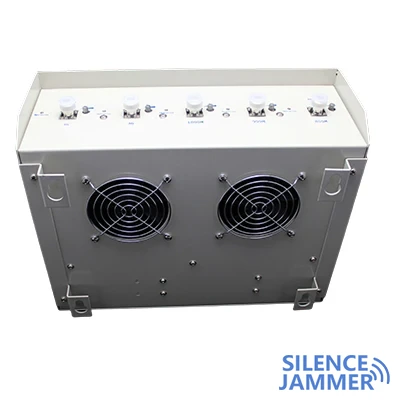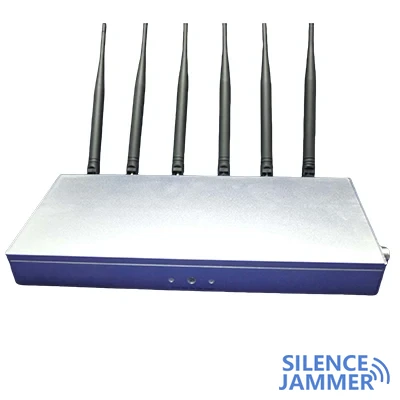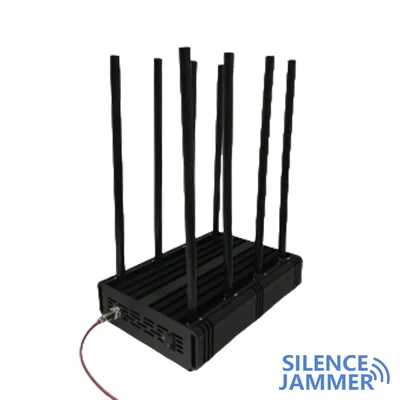London, November 17, 2023 - BAE Systems is pushing its latest digital GPS anti-jam receiver (DIGAR) into the next stage to further enhance the anti-jam capabilities of the European fighter Typhoon. The system will not only provide stronger GPS signal protection for the Typhoon fighter, but will also bring excellent anti-jam, anti-spoofing and anti-RF (RF) interference capabilities to a variety of other military aviation platforms.
BAE announced that the DIGAR signal jammer system has successfully entered the next stage of the Typhoon fighter's Phase 4 Enhancement (P4E) capability plan. The goal of this stage is to ensure that the fighter can continue to accurately receive and process GPS signals in the case of GPS interference and complex electromagnetic environment, ensuring accurate navigation and positioning of the mission.
Three major advantages of the DIGAR anti-jammer system
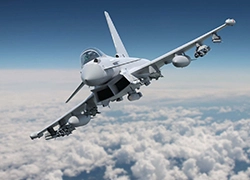
- Powerful anti-jamming capability: Through advanced antenna electronics and digital beamforming technology, the DIGAR signal jammer system can effectively screen reliable positioning, navigation and time data in complex electromagnetic interference environments, ensuring that the aircraft maintains accurate navigation under enemy interference.
- Wide applicability: The DIGAR signal jammer system is not only used in the European fighter Typhoon, but also widely used in a variety of fighters such as the F-16 and F-15 and US military aircraft, further enhancing the combat support of these key platforms.
- Multi-platform support: The signal jammer system is suitable for rotorcraft and unmanned aerial systems (UAS), enabling various aviation platforms to have higher combat effectiveness in complex battlefield environments, covering tasks such as air interception, force protection, intelligence surveillance and reconnaissance.
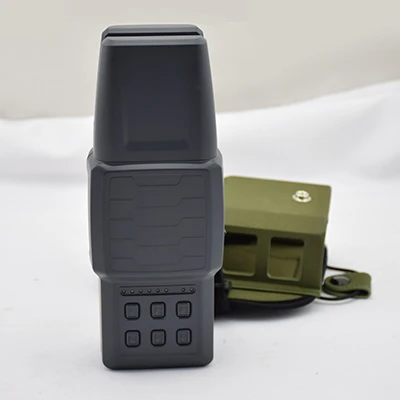
DIGAR is not only a tool to improve signal reception, its design can effectively deal with the increasingly complex electromagnetic interference threats on current and future battlefields. Through real-time digital beamforming, the system can accurately locate and process interference sources from different directions, thereby ensuring that the aircraft can always obtain reliable navigation information. The introduction of this technology is of great significance to improving the electronic warfare capabilities of the Typhoon fighter and other platforms.
BAE's further development plan
- To further enhance the Typhoon fighter's competitive advantage in electronic warfare, BAE Systems will also equip the platform with a new GEMVII-6 airborne digital GPS receiver. This receiver, combined with the antenna electronic unit in the DIGAR jammer system, will provide the Typhoon fighter with more advanced anti-interference protection. Through high-performance digital beamforming, the fighter will be able to effectively deal with enemy GPS interference and ensure the continuation of combat missions.
- The launch of this plan not only marks an important progress in BAE Systems' anti-interference technology, but also demonstrates the company's determination to promote the upgrading of global defense capabilities. Especially on today's battlefield, GPS interference has become an important means of enemy electronic warfare. Through continuous innovation, BAE signal jammer Systems is leading the anti-interference technology of global military aviation platforms to develop in a more intelligent and efficient direction.
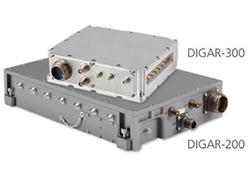
Global anti-interference demand
At present, the demand for anti-interference technology by military forces of various countries is growing, especially in high-intensity combat environments, where enemies frequently use GPS interference to attempt to weaken the effectiveness of combat platforms. In this context, the widespread application of the DIGAR anti jammer system will undoubtedly greatly enhance the survivability and combat effectiveness of military aircraft.
In addition to its application in Typhoon fighters, F-16, F-15 and other main fighters, BAE Systems also plans to expand the DIGAR system to more types of aircraft and unmanned system platforms. This will provide more comprehensive electronic warfare solutions for the military around the world and help them cope with complex and changing battlefield environments.



